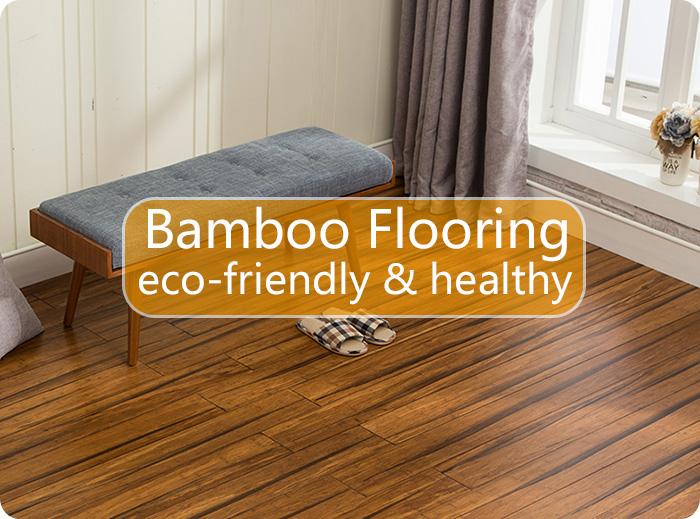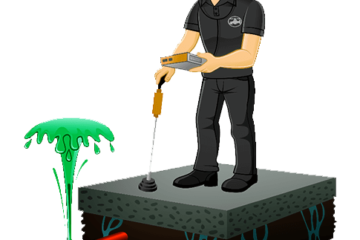Recently, I had the pleasure of sanding and refinishing my bamboo floors, something I haven’t done in years. In the process, I received a lot of questions about refinishing bamboo floors. Therefore, I have taken the opportunity to write this blog post to answer some of these questions and share my experience.
I. Frequently Asked Questions
Can I sand my bamboo floor?
The short answer is yes. Just like regular wood flooring, bamboo flooring can be sanded to remove the old finish, any dents, scratches and worn areas. A new finish can then be applied to complement the color of the floor and provide some protection. However, more consideration may be needed for stranded bamboo flooring.
Can bamboo flooring be stained?
Bamboo floors can be stained. However, stains absorb unevenly. Some cells in bamboo do not absorb stains at all, while others absorb a lot. It is best to put down a sample patch first, such as in a cabinet, and observe the results. The sample can be removed before it is finished.
How much does it cost to refinish a bamboo floor?
If bamboo flooring is similar to wood flooring and its finish is similar to wood flooring, the cost of refinishing is the same as wood flooring, whether you refinish it professionally or do-it-yourself (DIY). Professional refinishing is about $3 per square foot and DIY is about $1 – $2 per square foot depending on the size of the floor.
Second, my experience with sanding
I have to say, I was a little concerned because I haven’t sanded bamboo in years. In fact, I know I’ve sanded bamboo before, but I can’t really remember. I can’t remember if there were any special considerations to be aware of or if we had any problems last time. The first thing that comes to mind is that little fact that everyone tells you: bamboo isn’t wood, it’s grass! I don’t sand grass every day, I sand wood floors.
Nonetheless, with no traumatic memories coming to mind, I decided to treat it like any other floor. I found the durability of the sanding belts and discs to be very good, even though bamboo is a pretty tough material.
I have to say the sanding process was enjoyable as the previous finish was easily removed, dents showed through and lumps and bumps were smoothed out. I finished most of the sanding on the first day, leaving a little final sanding and then finishing the next day. Overnight, I decided to check out Google to see what other people thought about refinishing bamboo floors.
As it turns out, bamboo floors usually contain formaldehyde. As far as I know, formaldehyde is just a preservative. I do know that solvent paints used to contain formaldehyde, and when I used to use them they made my eyes, throat and nose sting. I did experience this, even if it was only when I wandered briefly in the hallway. I thought it was just surface paint.
When I returned the next day, I told the client about the formaldehyde and that I would keep dusting as much as possible. That said, the sanding process was pleasant and very effective. Once the lacquer was removed, the floor took on a warm oak color.
III. Recommendations
If you have bamboo floors and are considering refinishing them, I would seriously consider hiring a professional or renting a professional floor sander. A floor sander you rent from a common tool rental will actually fill the room with dust. Also make sure you use a carbon filter mask. Using a regular dust mask is really taking a risk.
Formaldehyde is now banned in Europe, I’m not sure where it stands in the US, but I wouldn’t be surprised if it’s banned there as well.
Keep an eye for more news & updates on DiscoverTribune!



